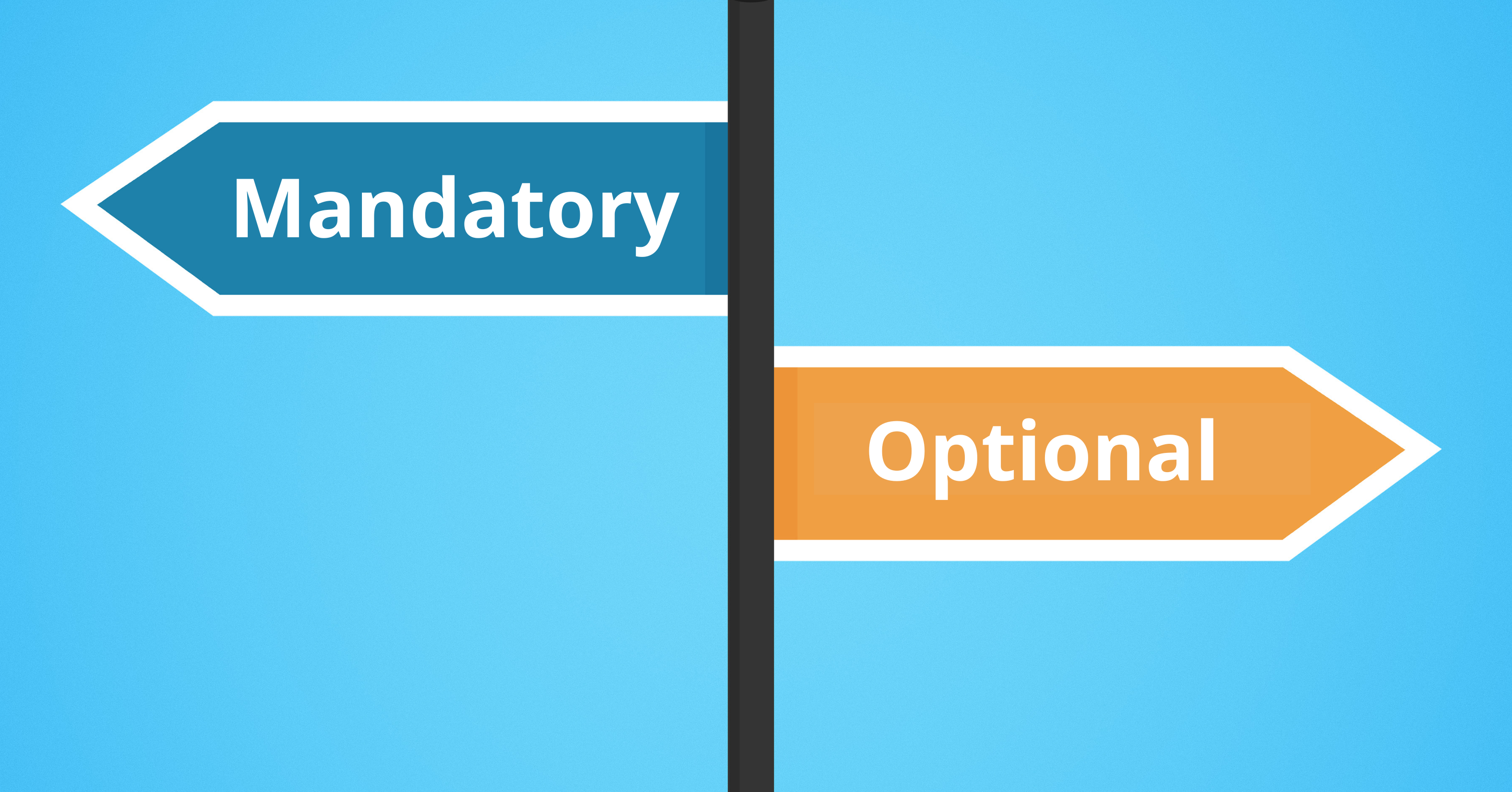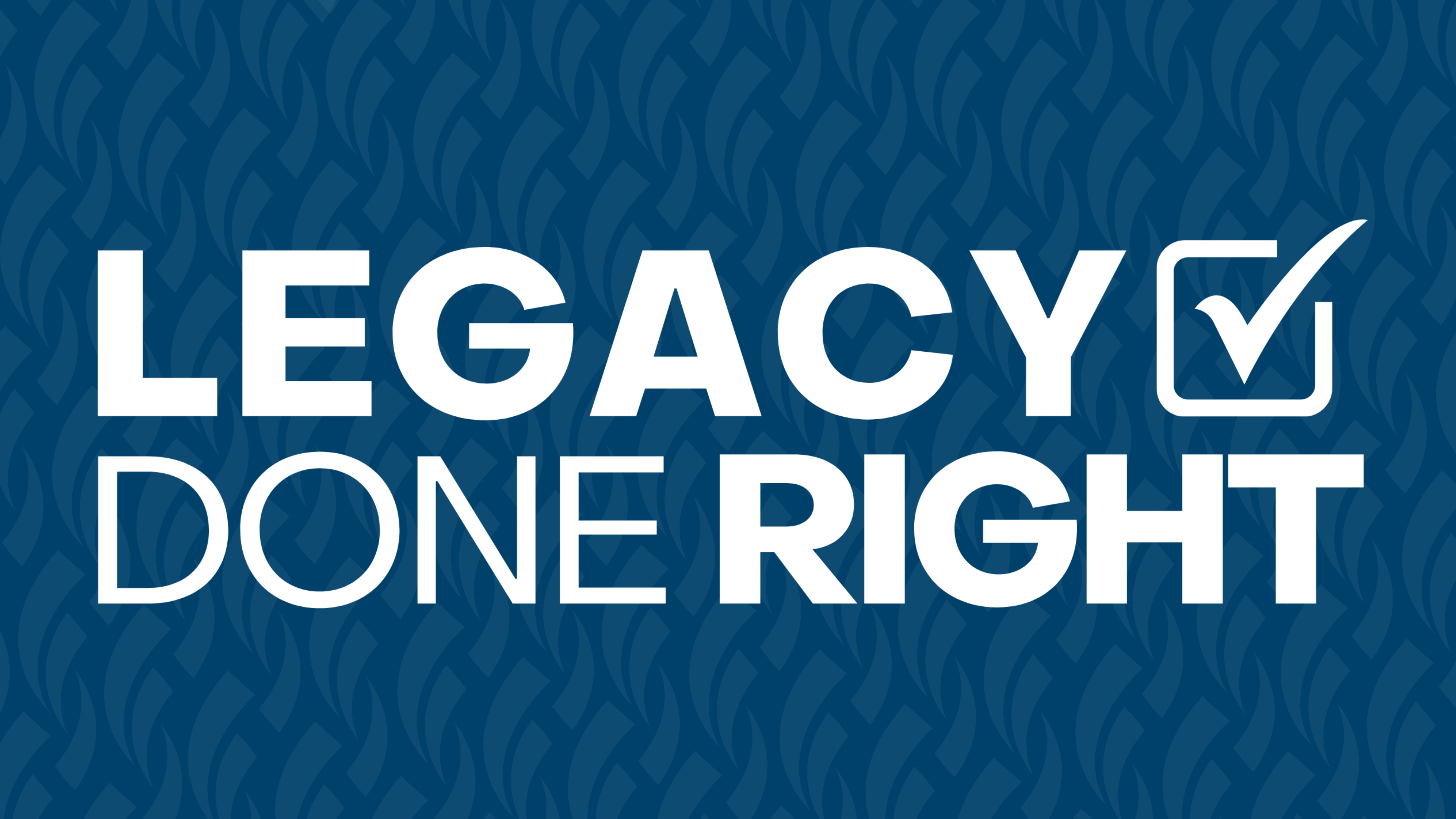Income taxes ARE estate taxes. And helping savers understand it can grow your practice.

Estate planning is one of 2024’s hottest seminar strategies for financial advisors.
You don’t have to take my word for it. At Stonewood’s Innovate Summit last month, leaders from White Glove, Steep Digital, and Financial Seminar Services all talked about the increased response rates they’ve seen from this topic.
So, what’s the best way to talk about estate planning as a financial advisor? And how can you position the topic to the broadest range of potential clients?
Is your estate planning story complete?
As a seminar strategy for financial advisors, we know estate planning converts to get prospects in the room. But once you have your audience assembled, how do you translate interest in estate planning into actual appointments for your practice?
Start by making sure your estate planning story is complete.
Estate planning seminars and workshops often focus on traditional pieces of the estate planning message:
-
The risks of not having a will in place
-
The desire to avoid intra-family conflict over a saver’s estate
-
The financial cost of incurring the estate tax when passing assets on to your heirs
These are all important topics.
But they’re incomplete. And the missing piece is the same piece that will help you attract higher-net-worth clients whose estates may not be at risk of incurring the estate tax.
The missing piece
Do you know where nearly $38 trillion of potential estate assets currently reside in the U.S.?
In U.S. retirement plans.
This is important because Baby Boomers are more likely than other generations to prioritize retirement income over transferring wealth. A recent study showed that nearly 50% of Baby Boomers say retirement lifestyle is their top wealth priority, versus around 30% who say family goals are.
Because of this, many Baby Boomers plan to pass wealth to the next generation through retirement vehicles. That way, they can seamlessly use what they need as retirement income and leave the rest as legacy to their heirs.
But here’s the rub: The majority of the $38 trillion of U.S. retirement assets are housed in tax-deferred vehicles: 401(k)s and IRAs.
And that means savers have deferred the tax bill on these assets to the future. Which, of course, means that income taxes are an important consideration when these assets are passed on to the next generation.
Here’s the hard truth:
For many of our clients, the biggest estate tax they need to worry about is the income tax their heirs will pay when inheriting their parents’ retirement accounts.
This truth is especially important in a rising-tax environment, where taxes in the future (when the assets pass) are likely to be higher than they are today.
(Curious why I’m so confident we’re entering a rising tax environment? As I outlined late last year, it’s as simple as government math.)
So a critical part of estate planning has to be uncovering and addressing tax and legislative risk for our clients.
The tax and legislative risk on estates
I’ve written in the past about the importance of evaluating both tax risk and legislative risk for your clients. And that’s absolutely true when it comes to estate planning as well.
For assets our clients plan to leave to the next generation, we need to expose and address:
-
Tax risk: The risk that taxes are higher than planned when their heirs inherit assets
-
Legislative risk: The risk Washington changes the tax rules, negatively impacting their assets when they pass
There’s reason for concern. Over the past few years, we’ve seen emerging risks for both:
-
On tax risk, we know portions of the Trump Tax Cuts are set to expire in 2025. Unless Congress passes a new bill to extend them, all individual income tax bracket rates will revert back to their older, higher rates in 2026. That means heirs inheriting 401(k) and IRA assets will access those assets at a higher bracket rate.
-
It’s worth noting the Trump Tax Cuts expiration will also impact the estate tax exemptions. Today, an individual filer has an exemption of around $12 million, and a couple has an exemption of around $25 million. After 2025, those exemptions will be cut in half (adjusted for inflation) - meaning more savers may find their estates subject to estate taxes.
On legislative risk, the 2019 SECURE Act changed the structure of taxation for inherited tax-deferred accounts. Under the new law, the “stretch IRA” was eliminated for most savers. Now, individuals who inherit an IRA most likely access the funds - and pay taxes on those funds - within a 10-year period, potentially driving their personal taxes higher from the additional income.
So how can we help?
When we enter a seminar room full of potential clients, we don’t know if the individuals sitting in front of us will be subject to the estate tax. It’s important to discuss, but it may not impact everyone in the room.
But guess what WILL impact every single person at your seminar?
Income taxes!
If you are hosting an estate planning event, make sure your message is complete. By including the impact of income taxes on assets passed through 401(k)s and IRAs, you can be sure every attendee has something to consider - and every attendee knows you can help them reduce the tax bill coming for them AND their heirs.
Estate planning is a top-converting message to get prospects to your seminar. By including the risk of rising taxes in your presentation, you can be sure estate planning is a top-converting message to get prospects to your office as well.
Here at Stonewood, we created an Estate Planning Toolkit to help advisors drive the estate planning message into new markets. If you’re curious, grab a few minutes with my team and they’ll show you the tools.


